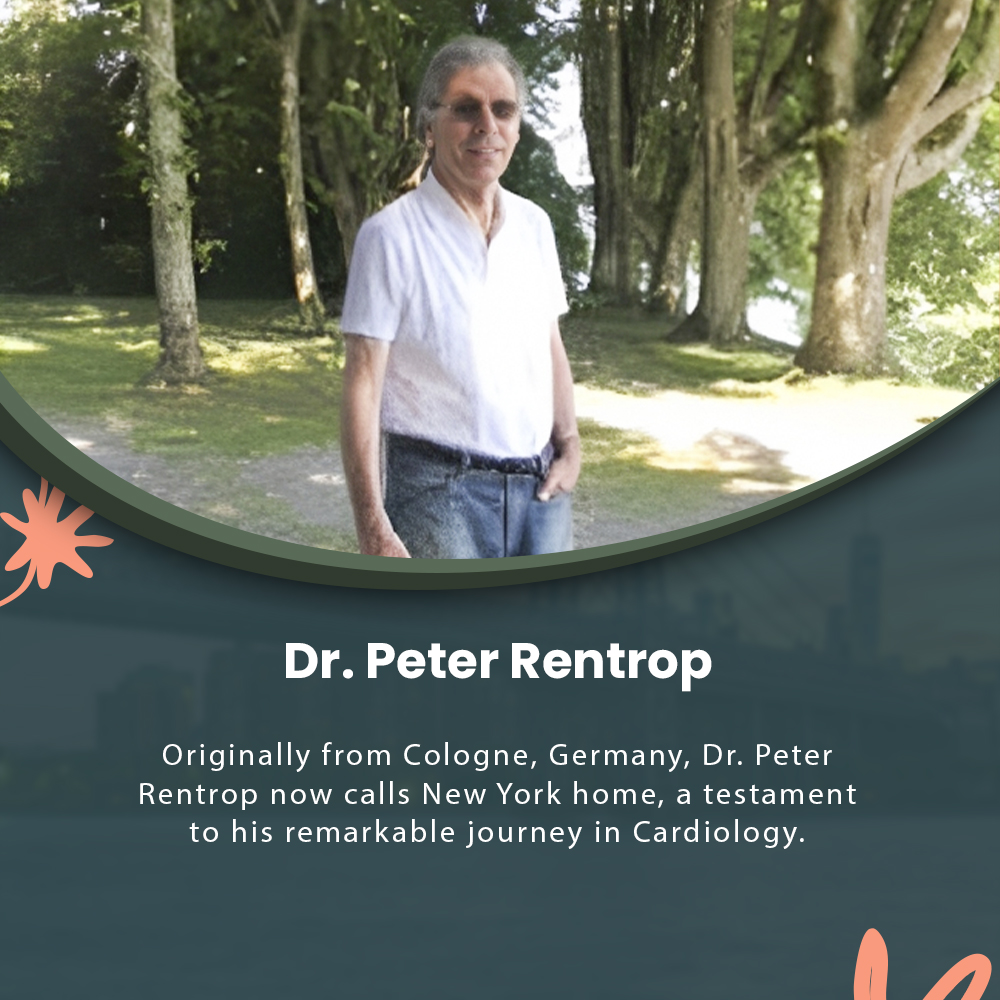
innovations is reshaping the landscape of healthcare, weaving a tapestry of life-saving breakthroughs that defy conventional limitations. From the intricate realm of personalized medicine to the realms of augmented reality and regenerative therapies, these revolutionary advancements are ushering in a new era of hope and healing.
AI-Driven Diagnostics: Unveiling Patterns, Predicting Outcomes
Artificial Intelligence (AI) is no longer confined to science fiction; it’s a pivotal force in diagnostics. AI algorithms analyze vast datasets, unraveling complex patterns and predicting health outcomes with unparalleled accuracy. By delving into genetic markers, lifestyle data, and imaging resIn the dynamic world of medical science and technology, a cascade of transformative ults, AI-powered diagnostics enable early detection, intervention, and, in some cases, prevention of diseases, fundamentally altering the trajectory of patient care.
Telemedicine: Bridging Gaps, Erasing Distances
Telemedicine has transcended traditional healthcare models, emerging as a lifeline for patients worldwide. The virtual realm facilitates remote consultations, ensuring uninterrupted care and overcoming geographical barriers. Telemedicine not only enhances accessibility for individuals in remote areas but also empowers patients to participate actively in their healthcare journey. It’s a paradigm shift that brings medical expertise to the palm of one’s hand, transcending the limitations of physical proximity.
Robotics in Surgery: Precision Beyond Human Limits
The integration of robotics in surgery heralds a new era of precision and efficiency. Surgical robots, equipped with advanced sensors and tools, assist surgeons in performing intricate procedures with unparalleled accuracy. From minimally invasive surgeries to intricate cardiac interventions, these robotic marvels enhance surgical capabilities, reduce recovery times, and offer patients a chance at a swifter return to normalcy.
CRISPR Gene Editing: Mastering the Genetic Tapestry
CRISPR-Cas9, the revolutionary gene-editing tool, allows scientists to edit the genetic code with precision. This breakthrough technology holds the promise of correcting genetic anomalies responsible for a myriad of diseases. The ability to manipulate the very fabric of life offers hope for treating genetic disorders. It heralds a future where debilitating conditions may be eradicated at the root level, paving the way for healthier generations.
Nanomedicine: Precision at the Molecular Scale
Nanotechnology is at the forefront of medical innovation, with nanomedicine leading the charge. Engineered nanoparticles navigate the intricate pathways of the human body, delivering drugs with pinpoint accuracy to specific cells or tissues. In cancer treatment, this means targeted therapy with fewer side effects, representing a seismic shift in how we approach the challenges of traditional chemotherapy.
3D Printing: Crafting Personalized Solutions for Complex Realities
The evolution of 3D printing in medicine is nothing short of revolutionary. Custom-designed implants, prosthetics, and even organs are now possible, catering to the unique anatomical nuances of each patient. This bespoke approach not only enhances the functionality of medical interventions but also reshapes the narrative for individuals facing complex medical conditions, providing them with tailored solutions previously deemed impossible.
Augmented Reality: Enhancing Surgical Vision and Skill
Augmented reality (AR) is making waves in surgical theaters by overlaying digital information onto the surgeon’s field of view. This technology enhances precision by providing real-time information during procedures. Surgeons visualize structures, navigate anatomies, and collaborate with remote experts, advancing care standards and pushing operating room boundaries.
Regenerative Therapies: Unlocking the Body’s Innate Healing Potential
Regenerative medicine is harnessing the body’s healing capabilities to repair and restore damaged tissues. Stem cell therapies, tissue engineering, and regenerative techniques are offering new avenues for treating conditions that were once considered irreversible. This marks a shift from conventional treatments to interventions activating the body’s innate healing abilities, promising transformative outcomes for patients with degenerative diseases.
The Dawn of a New Healthcare Renaissance
In a healthcare renaissance, these breakthroughs redefine our existence, weaving a narrative of hope and resilience through AI, telemedicine, robotics, gene editing, nanomedicine, 3D printing, augmented reality, and regenerative therapies, all shaping a healthier future.
In this era of unprecedented innovation, we find ourselves witnessing the dawn of a new age in healthcare, where the limitations of the past are cast aside, and the possibilities for healing and thriving are boundless. The journey ahead holds the promise of continued breakthroughs, shaping a future where lives are not only saved but enriched by the limitless potential of medical technology.